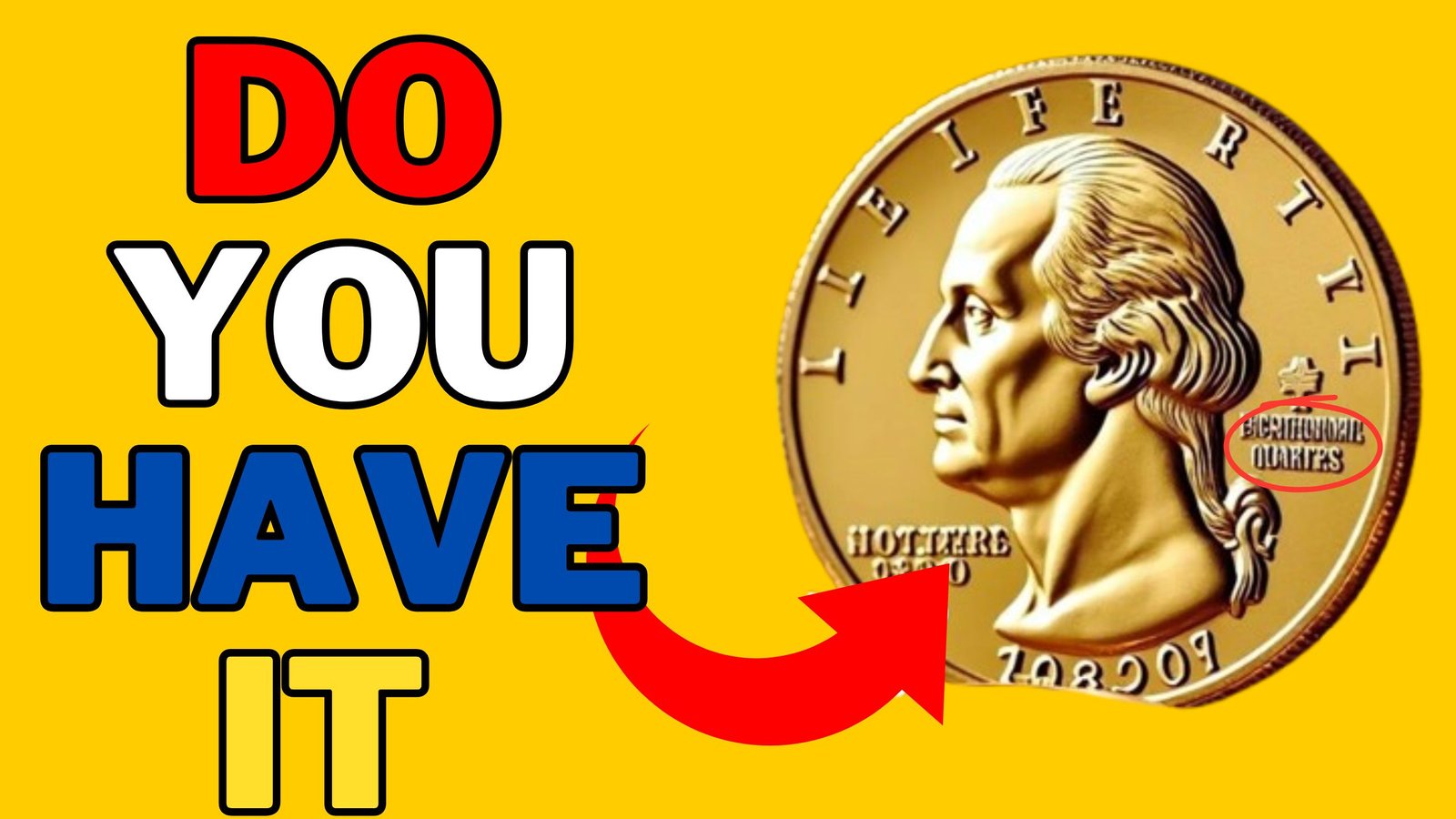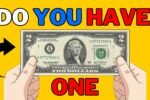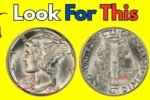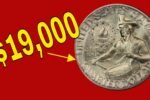Bicentennial Quarter : Coin collecting is more than a hobby—it can be a doorway to hidden treasures. Some seemingly ordinary coins in your pocket change may be worth thousands, or even hundreds of thousands, of dollars. Among these, a rare Bicentennial Quarter has made headlines for its estimated value of $300,000. Let’s take a closer look at this extraordinary coin and four other valuable pieces that have fetched over $10,000 on the collectors’ market.
1. The $300,000 Bicentennial Quarter (1976-S Proof with Errors)
The U.S. Mint released the Bicentennial Quarter in 1976 to celebrate America’s 200th anniversary. Most are worth face value or slightly more in uncirculated condition. However, a rare version of the 1976-S Bicentennial Quarter, struck in 40% silver proof with double die obverse and reverse errors, has reportedly sold for close to $300,000 due to its unique misprints and pristine condition.
Key features that make this coin valuable:
- Struck on a silver planchet
- Deep cameo proof condition
- Double die errors
- Extremely low mintage for error variant
Collectors are willing to pay premium prices for minting mistakes—especially on commemorative coins like this.
2. 1943 Copper Lincoln Penny – Worth Over $100,000
During World War II, the U.S. Mint switched from copper to zinc-coated steel for pennies to conserve copper for military use. However, a few 1943 pennies were accidentally struck on copper planchets. These copper 1943 Lincoln Cents are now among the most sought-after error coins.
One such coin sold at auction for $204,000 in 2019. These coins are distinguishable by their reddish-brown color and can be authenticated by weight and expert analysis.
3. 1955 Double Die Lincoln Cent – Valued at $10,000+
The 1955 Double Die Penny is a famous error coin with clear doubling on the date and lettering. This mistake occurred during the die creation process and resulted in a distinctive “double vision” effect, especially visible on the word “LIBERTY” and the date “1955.”
In high grades (MS65 or higher), this coin can easily fetch $10,000 to $20,000 or more. Even worn versions are highly collectible and command hundreds to thousands of dollars.
4. 2004 Wisconsin Extra Leaf Quarter – Up to $6,000–$12,000
Part of the U.S. State Quarters program, the 2004 Wisconsin Quarter features a cow, a wheel of cheese, and a corn stalk. Some versions include an extra leaf on the corn—either low or high leaf—caused by a die gouge or tampering during minting.
Because these coins were circulated before the error was discovered, only a few exist in high grades. Certified MS66 or better Extra Leaf Quarters have sold for over $10,000 at auction.
5. 2007 Presidential Dollar Coin with Missing Edge Lettering – Up to $12,000
In 2007, the U.S. Mint released the Presidential $1 coin series, which included edge lettering with the coin’s year, mint mark, and motto. However, a batch of 2007 George Washington $1 coins were mistakenly minted without any edge inscriptions.
Nicknamed “Godless Dollars” (due to the absence of “In God We Trust”), these coins caused a stir. Mint State versions in pristine condition have sold for up to $12,000, especially those authenticated by third-party grading services.
Conclusion
These five coins demonstrate how minting errors, historical quirks, and collector demand can dramatically increase a coin’s value. While the average coin may not be worth more than its face value, it’s always worth examining your change—you never know when you might find a hidden gem like the rare $300,000 Bicentennial Quarter. Always consult a professional coin appraiser or a grading service like PCGS or NGC if you believe you’ve found a valuable specimen. Happy hunting!
Frequently Asked Questions (FAQs..)
Q1: Why is the Bicentennial Quarter worth $300,000?
A: Most Bicentennial Quarters are common and only worth face value, but a rare 1976-S silver proof quarter with double die errors and in pristine condition can be worth up to $300,000. Its extreme rarity, silver composition, and minting mistakes make it highly desirable to collectors.
Q2: How can I tell if I have a rare Bicentennial Quarter?
A: Look for these features:
- “S” mint mark (indicates San Francisco mint)
- Struck on 40% silver planchet
- Proof finish with deep cameo contrast
- Doubling in the text or design
- Uncirculated or mint state condition
It’s best to have it professionally graded by services like PCGS or NGC to confirm authenticity and value.
Q3: What makes the 1943 copper penny so valuable?
A: The 1943 Copper Lincoln Cent is valuable because it was mistakenly struck in copper during a year when pennies were made from steel due to wartime metal shortages. Only a few were made, making it an extreme rarity. One sold for over $200,000.
Q4: What is a “Double Die” coin?
A: A Double Die coin results from a misalignment during the minting process where the die imprints the design twice, slightly offset. This creates a visible doubling in the text or images—such as on the 1955 Double Die Penny, which can be worth over $10,000.




